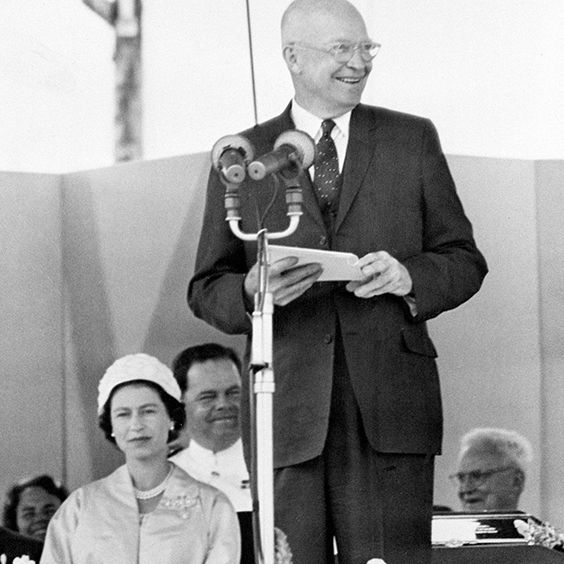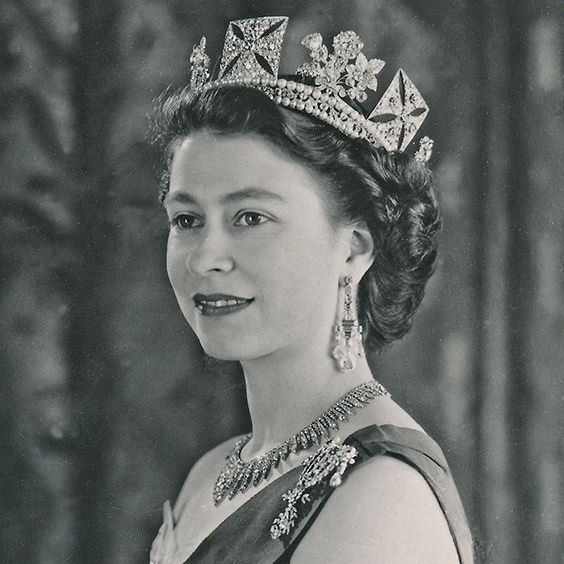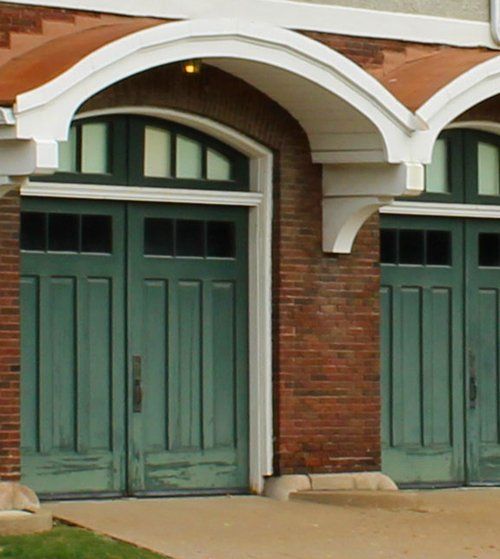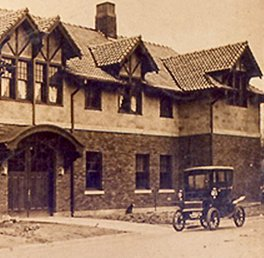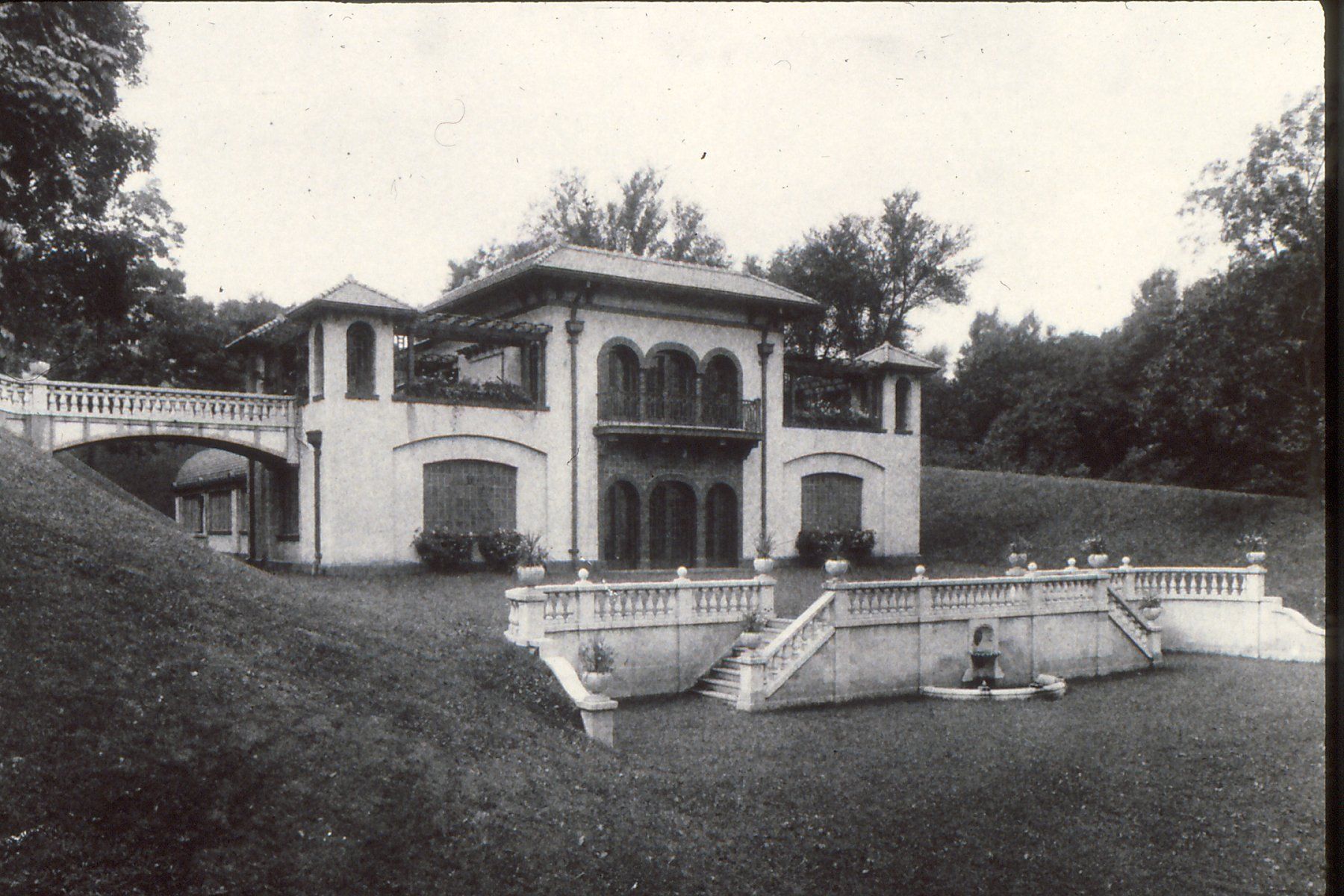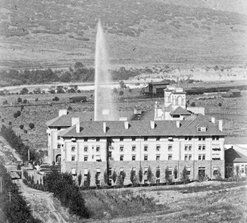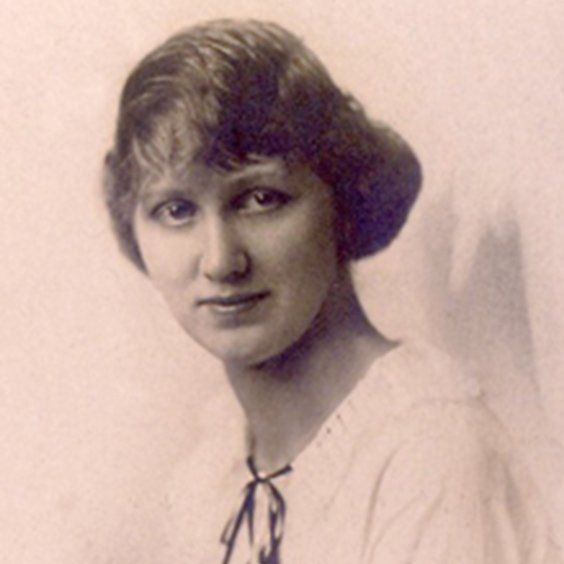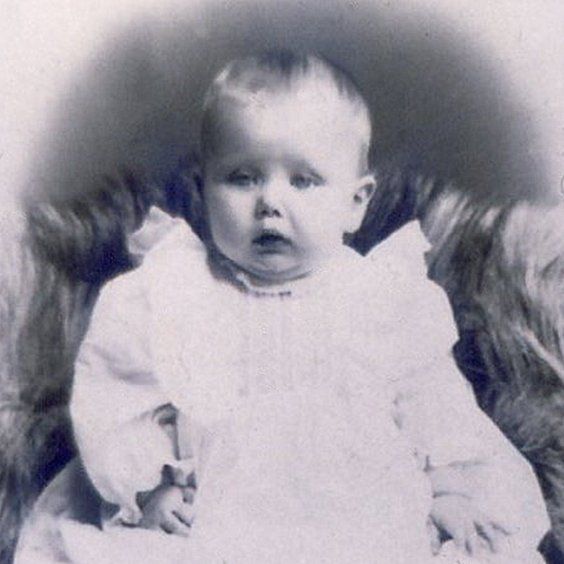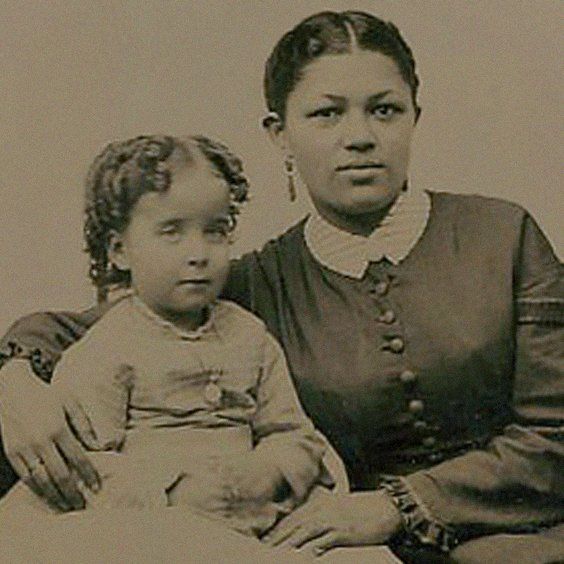William Dwight Wiman – 1890-1914
Gretchen Frick Small • August 31, 2020
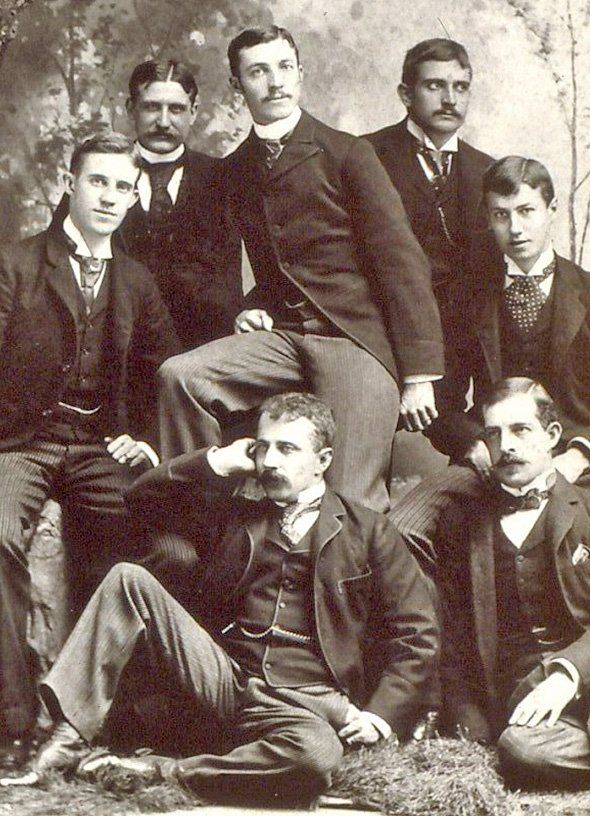
In the first two posts we looked back at William’s childhood, college years and then early professional career. Our final installment begins in the late 1880s. During this time period, William was not only involved in the Chicago Yerkes fountain, but was an electrical engineer for the General Electrical company from 1886-1890.
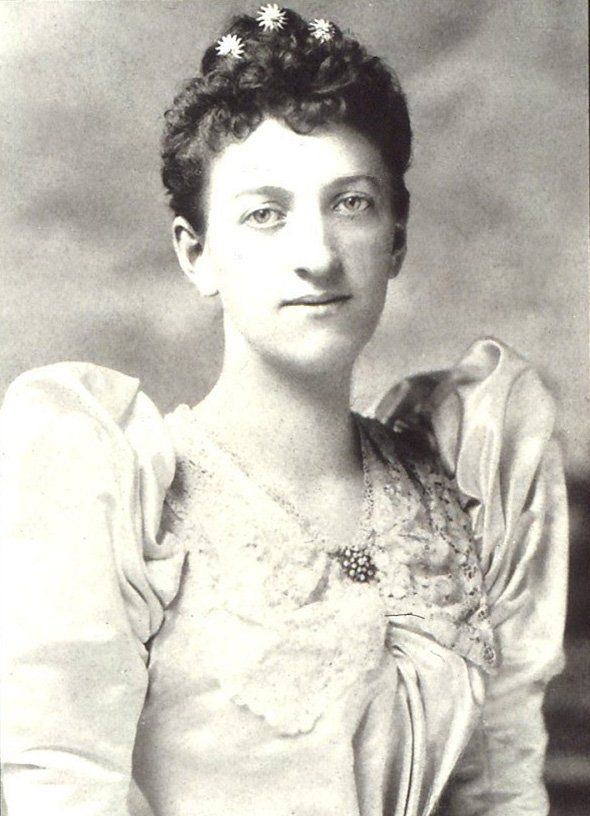
In 1890, William (age 29) and Anna (age 25) were married in Moline, Illinois. The wedding took place at the First Congregational Church, where the Deere family were long-time members. The Wednesday, October 8th wedding began at 8pm. This seems like a late start for a wedding, but it must have been a short ceremony. A photocopy of the reception invite shows that Anna’s parents, Charles and Mary Deere, began receiving guests at 8:30pm at their home, Overlook.
The most extensive description of the wedding and reception was found in the Chicago Daily Tribune
, October 9, 1890. Several pre-wedding festivities are listed. “The most noteworthy was a dance, at which the ushers and young men of Moline and Rock Island entertained the bridal party Monday night.” The parents of the bride were especially busy as Mrs. Deere hosted a luncheon the day of the wedding, and also the reception that night. I would guess that every staff member was kept busy all week.
Two other sections, from the Tribune
article were of special interest.
“At its (the wedding)
conclusion the party returned to “Overlook,” where the reception was held. Mr. Deere’s mansion is beautifully situated on a grassy height. From the balcony one can see the ribbon of river that stretches past the island, now glowing with the varied autumn foliage. In the daytime it is lovely, and tonight it was resplendent. The flower beds on the lawn, the big trees and the house flashed out with electric lights. Flowers almost carpeted the halls, and the parlors glowed with the fine beauty of womanhood. Entering the main hall one was confronted with banks of roses and small woods of tropical plants. The parlor in which the bride received was transformed with floral decoration, done with exquisite taste, and the dancing pavilion, which had been erected under canvas on the lawn, had received a handsome share of the attention of the decorators. The bride’s reception was followed by a repast furnished by Caterer French of Chicago, and then the young people had their dance, which ended the evening’s feast.”
What a spectacular image this paragraph creates. If only they had taken pictures of the event! When I first read this paragraph, the sentence I was most excited by was “the house flashed out with electric lights.” This was the earliest date we have that mentioned the house having electricity.
The other section I enjoyed gave a partial list of the nearly 200 gifts received.
“From Mr. Deere, a check big enough to take one’s breath away (it was not for $100,000, as has been printed, but the sum was a big fortune); from Mrs. Deere, a silver set; from Mrs. Wiman, a residence on Staten Island; from Mr. Wiman, a silver service.”
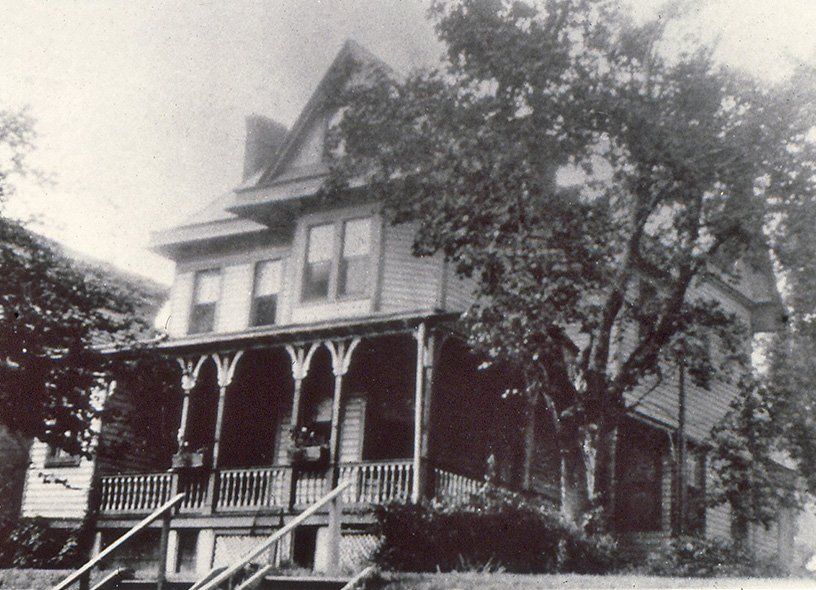
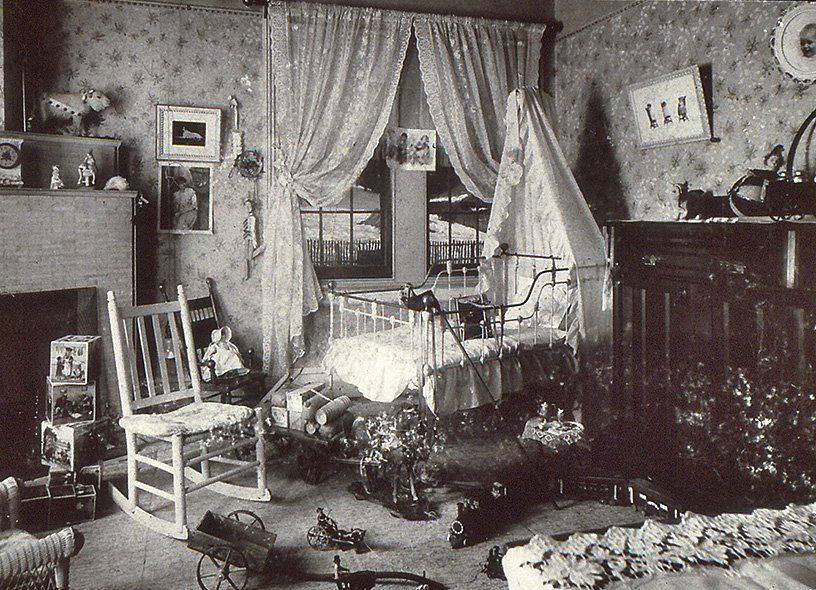
Following the wedding, the couple settled into their new home on Staten Island. William worked as Superintendent of the Richmond Light Heat and Power Company of Staten Island. In 1892, their first child was born, Charles Deere Wiman.
The young family’s next move was when Charles was about a year-and-a-half old. The Moline Review Dispatch
of June 8, 1894 states that "Mrs. Will Wiman arrived in Moline and will make her home here. Will is expected later in the month and will either take a position with the Deere & Mansur company or start an industry of his own."
Why leave Staten Island, their home and William’s position. The reason may be in part because Charles Wiman was the direct heir of Charles Deere. Charles Deere was the only son of John Deere’s which lived to adulthood. He then had two daughters. When Charles died in 1907, his son-in-law, William Butterworth became President of Deere. I don’t think there was ever any doubt that when Charles Wiman reached maturity, he would become President of Deere.
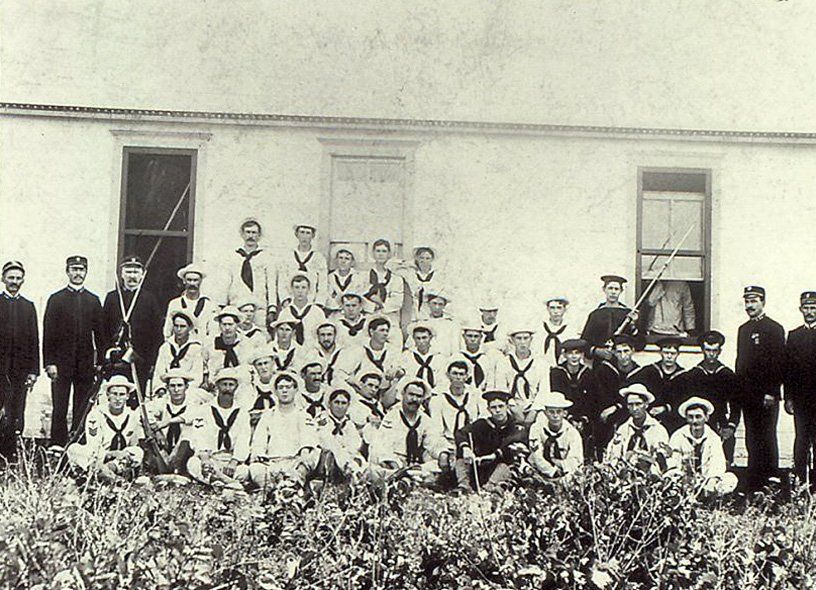
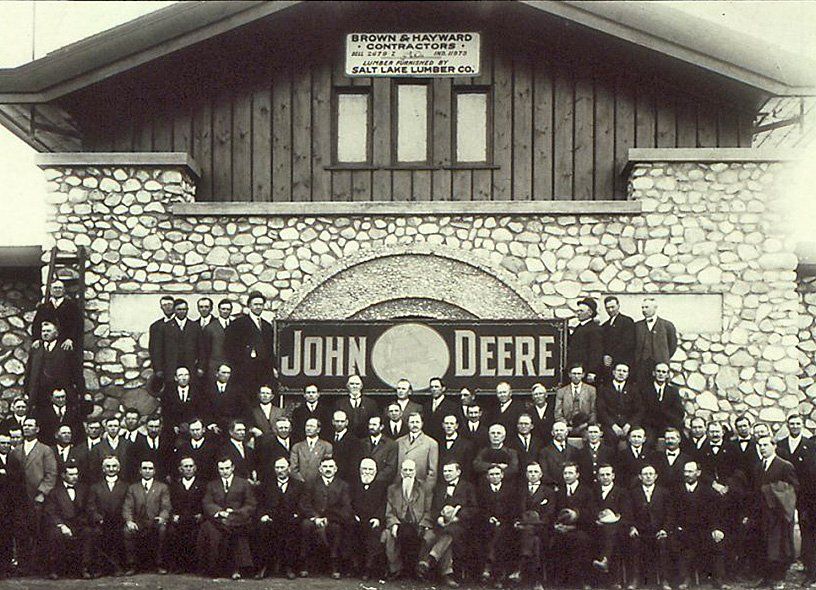
Then about 1904, health problems for Anna Deere Wiman led the family to move to California. William gave up all his business interests and California was chosen in hopes that the climate would improve her health. William, Anna and their two sons, Charles and Dwight, settled in Santa Barbara. Sadly, Anna passed in 1906 at the age of 44. William and the boys returned to Moline, settling in at Overlook with the boys’ grandmother Mary Deere.
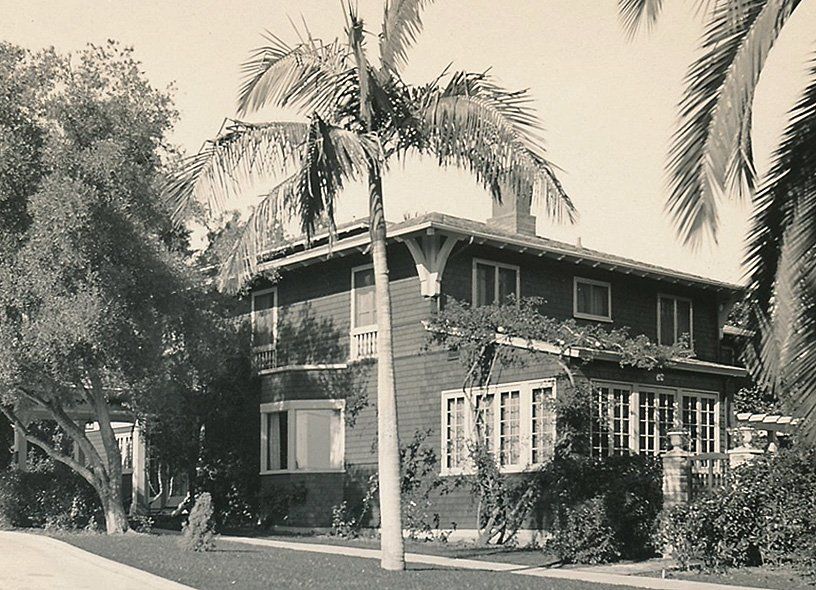
William’s interest in boating resurfaced and in April of 1908, he was elected to lead the newly organized boat club in Moline. The Board of Managers included his brother-in-law and former Lehigh University friend, William Butterworth.
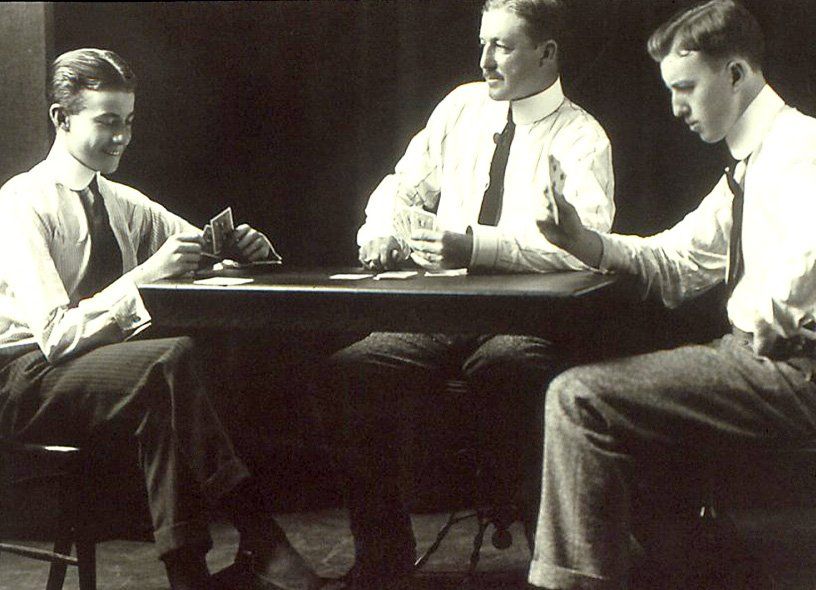
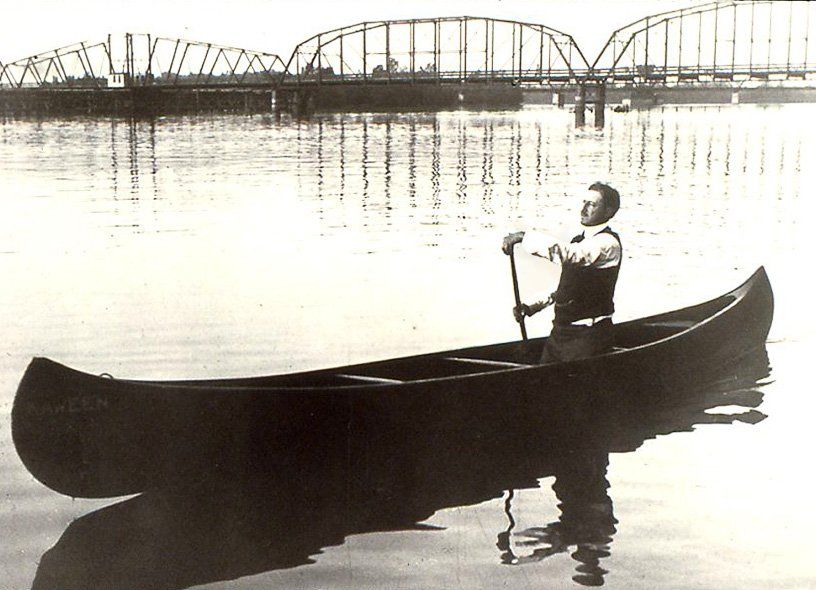
Sadly, Charles and Dwight Wiman lost their father in 1914. A private service was held at Overlook before burial in the Deere family plot at Riverside Cemetery.
I hope you have enjoyed this three-part series and have discovered why I think William Wiman led an interesting life. From his childhood on Staten Island, to Lehigh University, as an assistant to Thomas Edison, then England to learn about water fountains and finally his many activities in Moline.
What did you find most interesting about William Wiman’s life?
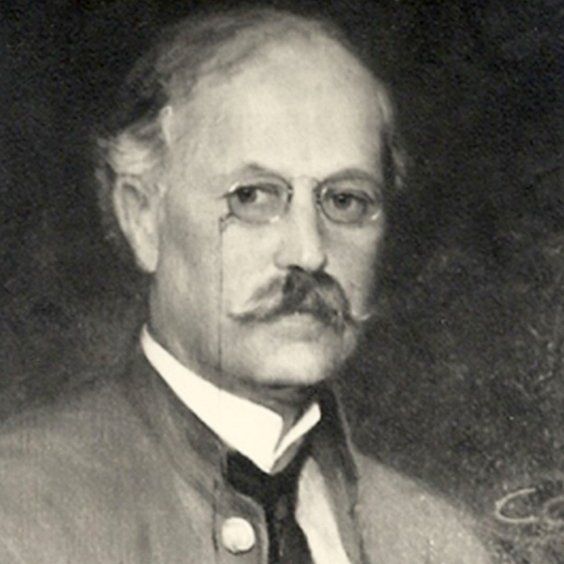
If you have not watched any of our YouTube videos at our channel Deere Family Homes, we encourage you to check out the April 2022 video. The video features the story of one painting hanging in the Deere-Wiman House. The painting’s artist is Alexander Harmer. We are lucky to have four paintings in our collection that were created by Harmer. It made sense for us to learn more about Harmer and see if we could determine why we have so many paintings from one artist. I love all four pieces and wanted to know more about the artist and determine if there was a connection to the family. Three of the paintings hang in the Deere-Wiman House and one at Butterworth Center. So, it was not just one family member that took an interest in his work. We know that William and Anna Wiman moved to Santa Barbara in the 1890s. Then about 1906-07, William and his sons moved back to Moline following Anna’s death. The Santa Barbara house was still owned by the family, and by 1914, Katherine and William Butterworth began to use the house. In addition to the house in Santa Barbara, the Butterworths also owned a residence in the San Marcos Pass area. Mrs. Butterworth continued to spend part of the winter in Santa Barbara until her death in 1953. We also know that Charles Deere Wiman and his family had a home in the area, as early as the 1920s. Did any of the family know Alexander Harmer? We wish we knew. It is possible since Harmer’s life in Santa Barbara does overlap with the Butterworth and Wiman families. Or maybe the family did not know Harmer but was drawn to his art and purchased pieces through art dealers. Alexander Francis Harmer was born in 1856, in Newark, New Jersey. One source I read said that he sold his first work at the age of 11 for $2. Then at the age of 16, he lied about his age and joined the United States Army. He was stationed in California, which I think is the time period his artistic interests changed. He turned towards painting and illustrating the Apache Nation. The year would have been 1872, and the US Army would have had a large presence in the West with the enforcement of federal Indian policy (which consisted of allotment of land and assimilation.) After just one year, Harmer asked for a discharge and left the military. He worked as a photographer’s assistant until he was able to enroll in art school. He studied art under Thomas Eakins and Thomas Anshutz at the Pennsylvania Academy of Fine Art. In 1881, he re-enlisted in the Army and headed to his assignment at Fort Apache, Arizona. Harmer probably saw the Army as a cheap way of traveling West to continue his interest in the American West and the Apache Indians. During this enlistment, he was able to serve in an Army division assigned to pursue Geronimo. His studies of Indian life created an invaluable record. Harmer then returned to the academy in Pennsylvania where he turned his sketches of the Apache Nation into illustrations for Harper’s Weekly. In 1891, Harmer returned to California, and in 1893, he married Felicidad Abadie. The Abadie family was one of the pioneering California families. The couple settled in Santa Barbara, which led to Harmer being remembered as “Southern California’s first great painter of the 19th Century." At this time, his work revolved around a series of paintings of the Old California missions under Mexican rule. They resided on De La Guerra Plaza, which included the Adabie family home. From 1908 through the 1920s, Harmer established the first art colony on the West coast. Studios were added to the Spanish-Colonial adobe home of the Harmers, where many up and coming artists worked. Alexander Harmer died on January 10, 1925, supposedly while admiring the sunset from his backyard. This was just six months before the Santa Barbara earthquake, which left the Harmers' adobes in ruins. All four paintings are signed Alex. F. Harmer, but only two are dated. Below are photographs of the four paintings in the collection.
